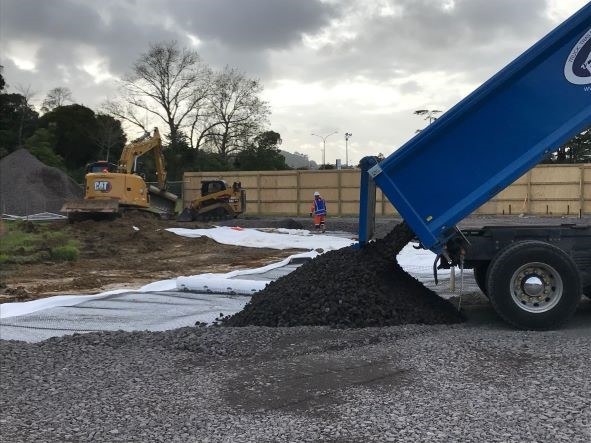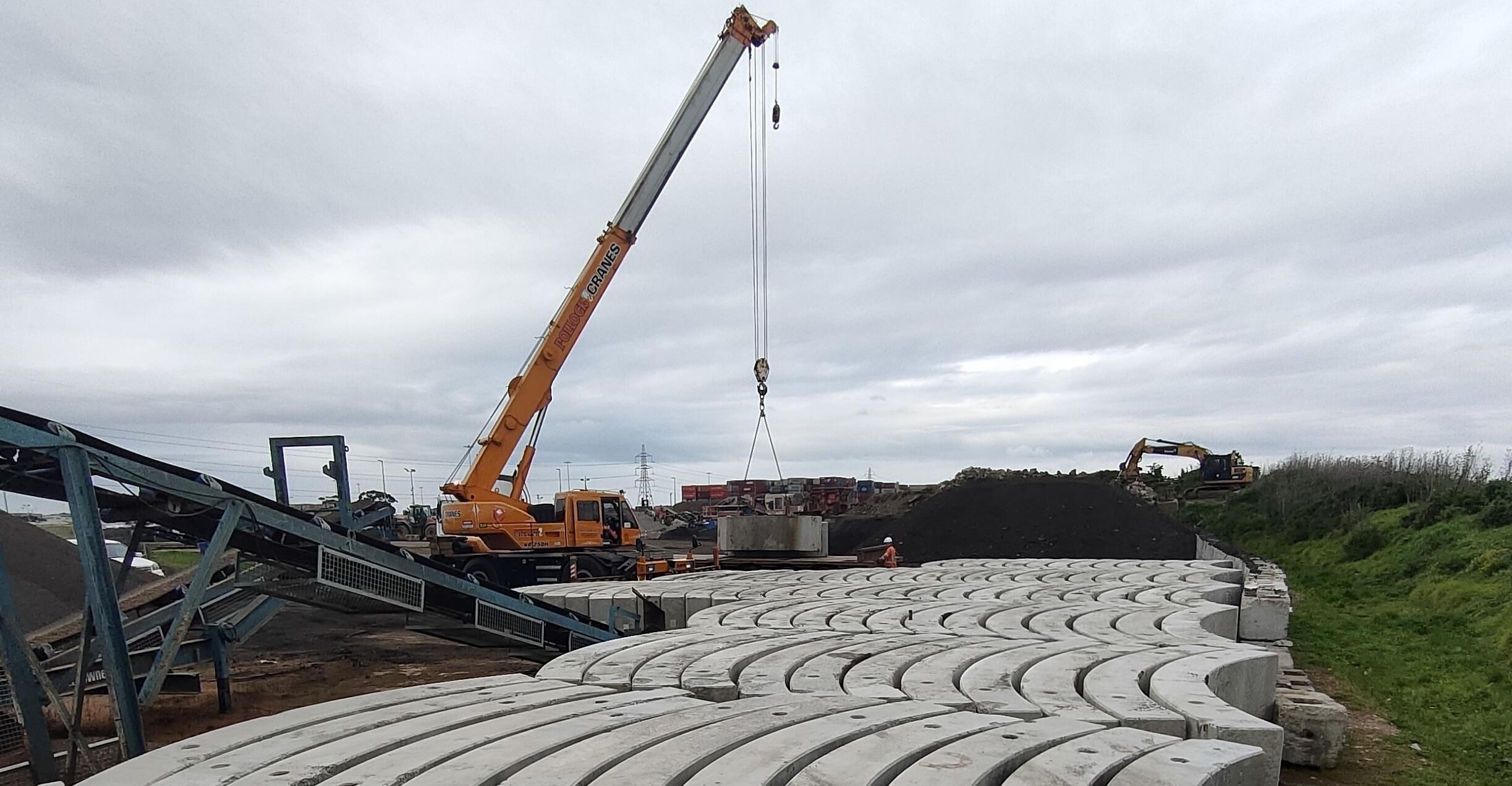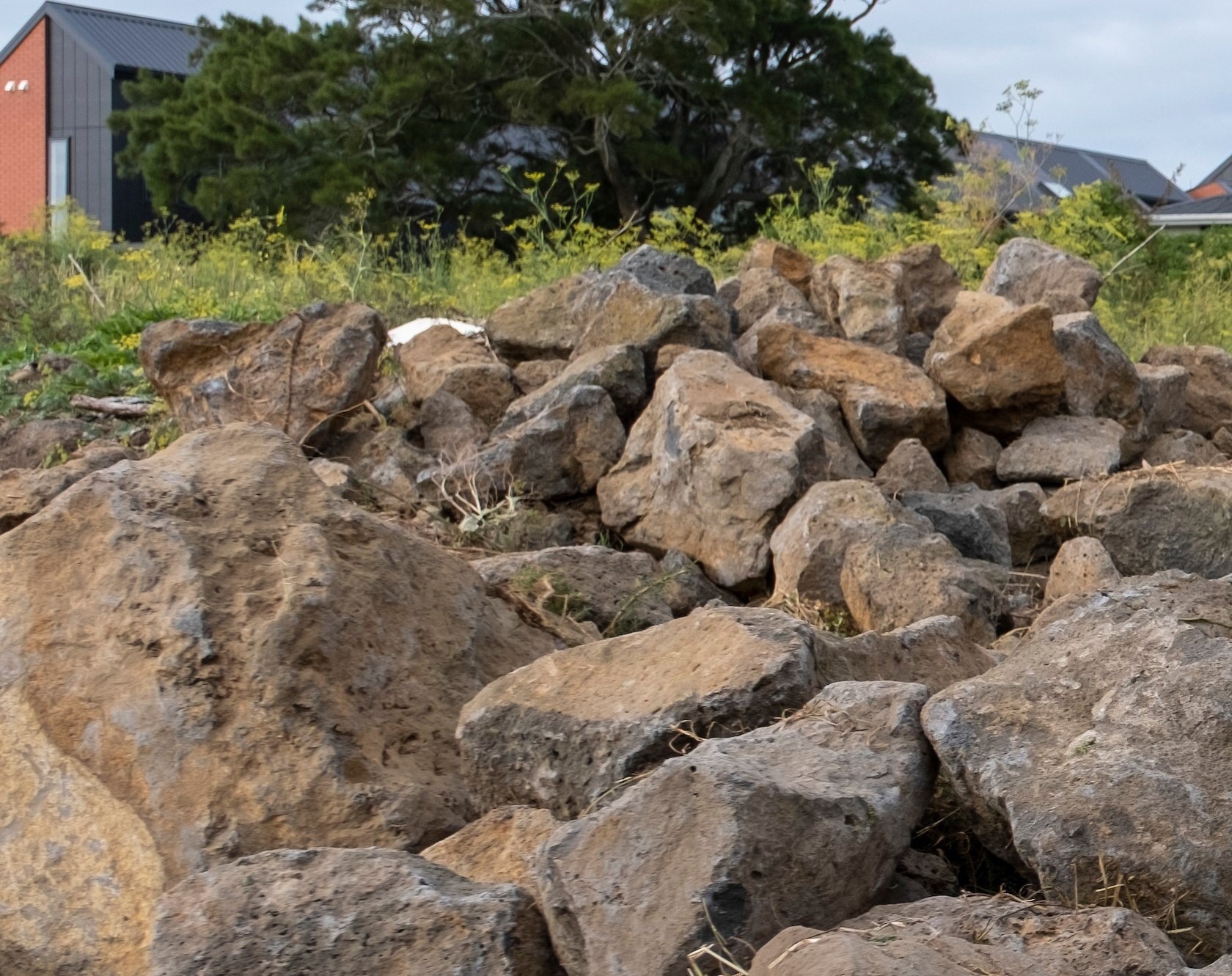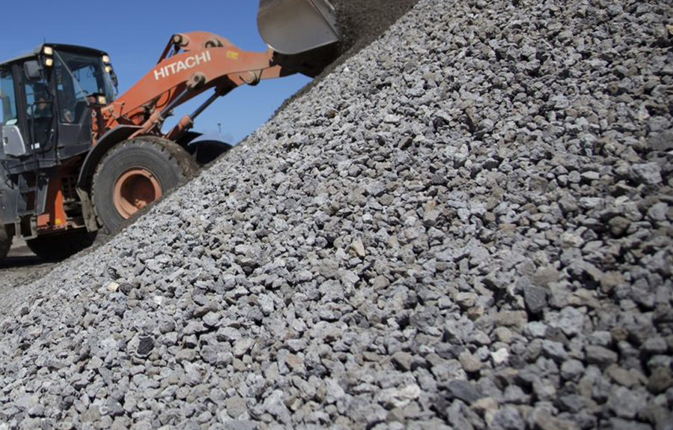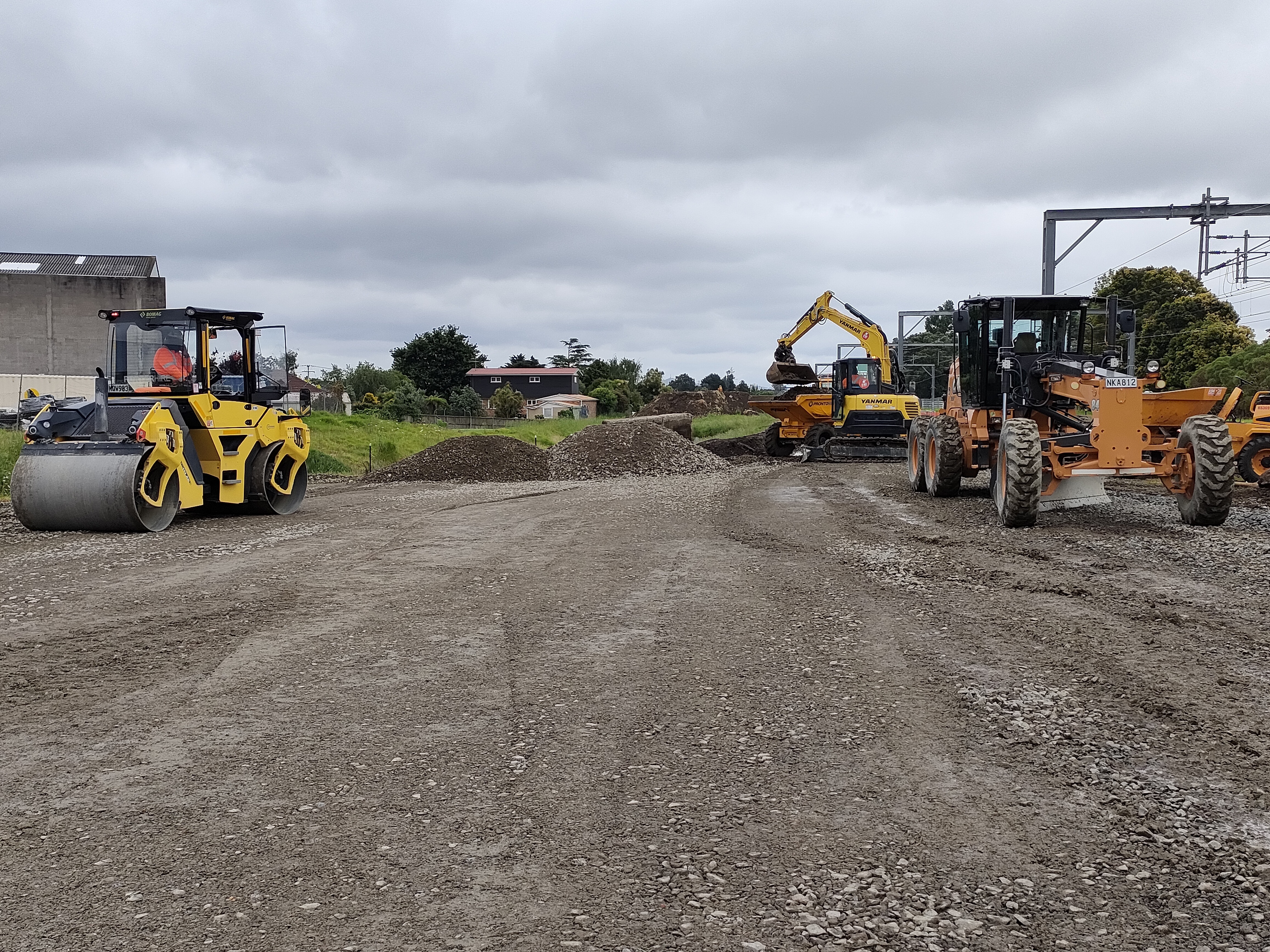Overview
When you see Downer teams working on footpath maintenance around Auckland there is a good chance they are using recycled materials as base underneath the footpaths that are being rehabilitated.
The use of recycled asphalt millings and/or recycled crushed concrete not only save these materials entering landfills it also reduces the carbon footprint of the maintenance of the shared public assets. The use of the materials not only improves recycling it has no reduction in the performance or the life of the footpath asset.
It is estimated that the use of recycled material reduces the carbon footprint by 55%.
Solution
It was identified that Recycled Crushed Concrete (RCC) GAP40 could be used as a base course when used underneath footpaths that are being rehabilitated. The materials have been found to be easy to use, compact well and meet the Auckland Council Clegg test requirement.
Outcome
Improvement to sustainable practices for the maintenance of footpaths within the Auckland region.
A reduction in carbon footprint due to shorter product transport distances for the recycled product versus sources quarried products from quarries on the Auckland border which is approximately 40 kms to most Auckland locations.
It enables a circular economy option to be used improving sustainable outcomes for local government maintenance contract activities.
Added Value
+ A 25% lower total material cost.
+ A reduce carbon footprint attributed to this maintenance activity
+ Recycling of in place asset completed.
+ Reduction in materials to landfill.


